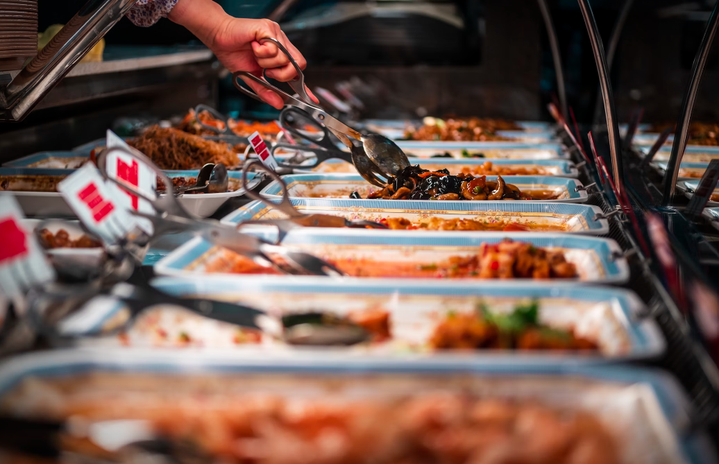When looking at FSU’s various meal plans, the thought of opting out of one altogether may seem out of the question. After all, if you don’t have a meal plan, then what are you supposed to do? Cook? Starve? The overall opinion of meal plans is generally mixed, with some regretting ever getting one and others saying they were able to take full advantage of it. As a first-year student, I made the decision to go without a meal plan, and maybe you should too.
what’s a dining dollar?
When it came to deciding on a meal plan, I did lots of research on which would suit me best. No matter what list of meal plans you look at, you’ll see a few common terms: Dining Dollars, meal swipes, and cash equivalency swipes.
Dining Dollars are real money, just stored on your FSU Card. Many meal plans come with a set amount of dining dollars, but you can also load more into your account later on.
A meal swipe will typically be used at FSU’s two dining halls, Suwannee Room and Seminole Café. With one swipe, you’re free to enjoy all that these all-you-can-eat style buffets offer. Meal plans vary depending on how many swipes you can use weekly or daily.
A cash equivalency swipe is a meal swipe that’s exchanged to partially pay for other campus restaurants like Chick-fil-A or Panda Express. Many meal plans limit how many of these you can use weekly or daily. These swipes will pay up to $7 of any given meal, with another form of payment such as Dining Dollars, FSU Cash, or credit/debit cards paying the rest. For example, if you buy a meal at Chick-fil-A for $10, you can use a cash equivalency swipe to pay for $7 and use Dining Dollars for the other $3.
how much does an fsu meal plan cost?
As of March 2024, the cheapest meal plan recommended for on-campus students is the Renegade 100, which costs $1,505 per semester and grants you 100 meal swipes, $450 Dining Dollars, and the ability to exchange one meal swipe for a cash equivalency swipe per day.
For someone without a meal plan, it costs roughly $11 to enter either dining hall. However, as stated, each meal swipe only exchanges for $7. So, a meal swipe is worth $11 but only translates to $7? This realization is what made me start to question whether a meal plan was for me.
Crunching some quick numbers, with each swipe valued at $11 plus the $450 dining dollars, the Renegade 100 is equal to about $1,550, which does save you $45. However, it requires you to likely go to the dining hall at least once a day, which was something I knew early on I didn’t want to do. The thought of eating in a dining hall always felt very college-core to me, but it’s very easy to get sick of the food there and get sick of it fast. I knew I would underutilize the all-you-can-eat factor as well, making me even more weary of purchasing a meal plan.
how i survived my first semester at fsu without a meal plan
Within my first semester at FSU, I found that I used roughly $1,075 in dining dollars. On top of this, for the snacks and groceries I kept in my dorm, I spent roughly $200, making my total “no meal plan” meal plan roughly $1,275, which is cheaper than all of the current recommended meal plans for on-campus students. I saved at least a solid $230, plus had more variety in my meals.
In order to make this work like any meal plan, I had to have some limits. I often only used my dining dollars on one meal a day, with there being a few days where I used them twice or none at all. My other food intake came from occasional snacking and the groceries I picked up. This consisted of meats and cheeses to make sandwiches, Chef Boyardee, instant mac and cheese, and of course, ramen. I am no cook by any means, and not having a meal plan doesn’t mean you have to be.
Opting out of a meal plan didn’t mean I couldn’t still go to dining halls. If anything, it was extremely convenient for me in particular because my dorm is less than a minute’s walk away from Suwannee. The dining hall’s daily menu is available online, so I can pick and choose what days to go. Going and eating with my friends was how I built a lot of my friendships, so opting out of a meal plan doesn’t restrict you from these sorts of interactions.
Like any meal plan, my “no meal plan” may not be right for everyone, but I often find it’s an option that many don’t consider beginning with. At the end of the day, choosing which meal plan is right for you, if any, all depends on your budget and eating habits. Just do what suits you best!
Want to see more HCFSU? Be sure to like us on Facebook and follow us on Instagram, Twitter, TikTok, and Pinterest!


